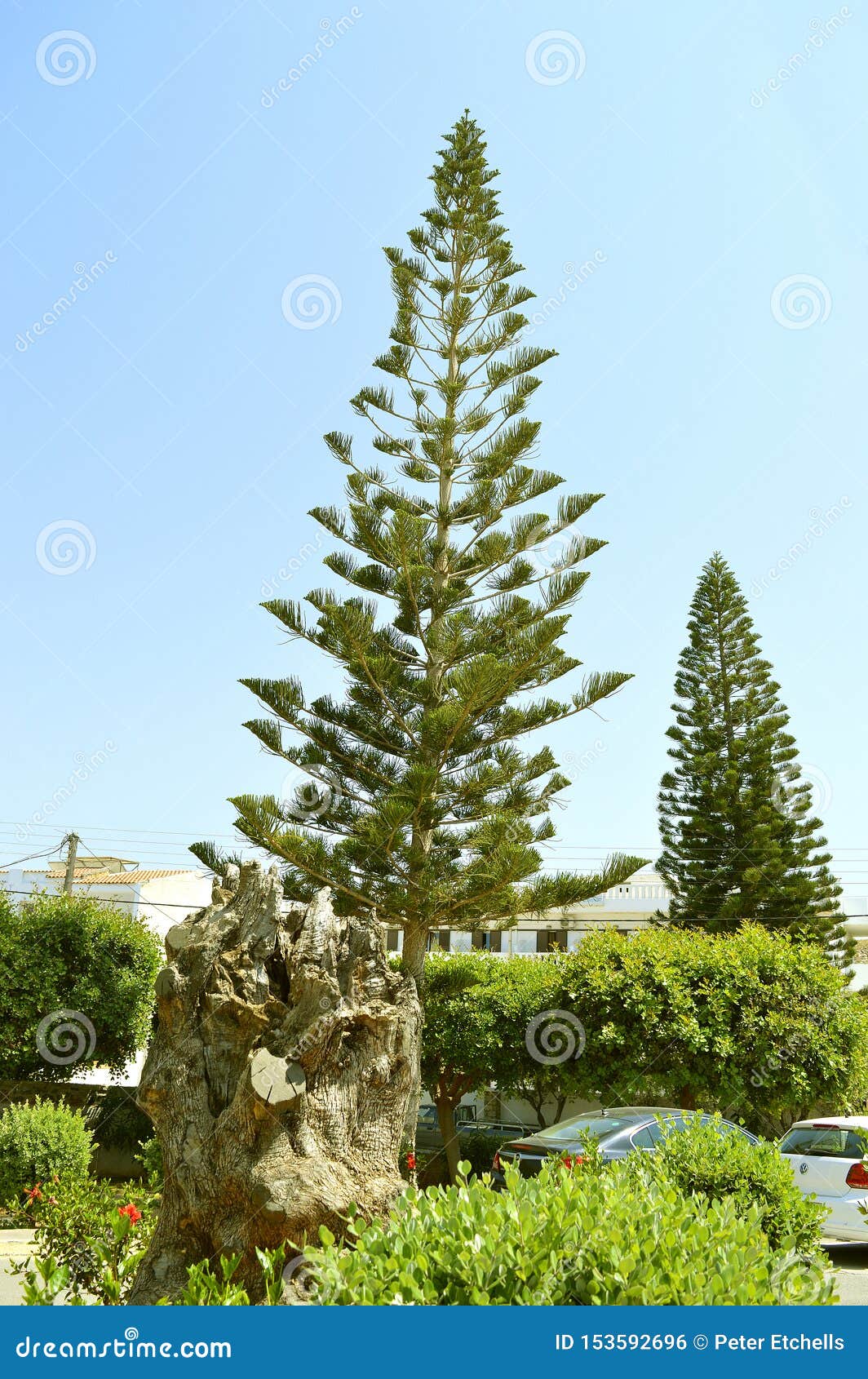


Those sold in garden centers frequently contain more than one sapling per pot, giving them a bushier and less symmetrical appearance. If yours doesn’t have that distinctive pyramidal shape, there’s a reason for this. The branches radiate out symmetrically, giving this evergreen conifer a pyramid-like shape. The needles that emerge from along the grayish-brown trunk of this tree are not to be trifled with, so watch your digits when relocating this conifer!Ī new layer of branches emerges from the top of the tree each year. Unlike some conifers whose needles are sharp and prickly, this plant’s foliage has a wonderfully soft and fine texture – except, that is, along the trunk. Juvenile leaves, on the other hand, are half an inch long and may be mistaken for fir or spruce needles.

Mature leaves are small, a fourth of an inch long, and scale-like. Both types of leaves can be found growing on the tree at the same time. Its younger leaves look like needles, while its more mature leaves look more like scales. The species name “heterophylla” means “different leaves” and gives a clue to one of the quirks of this tree. This conifer has a symmetrical form with widely spaced layers of whorled branches held out horizontally from a straight trunk. The other common name you may be most familiar with, though, is “living Christmas tree.” It’s also often called simply “Norfolk pine.” This tree also goes by the names “house pine,” “star pine,” “triangle tree,” “Australian pine,” or “Polynesian pine.” Formerly, it was taxonomically classified as A. Araucaria heterophylla, or Norfolk Island pine, as it is more commonly known, is a coniferous tree that is enjoyed for its lovely evergreen foliage and symmetrical shape.


 0 kommentar(er)
0 kommentar(er)
